Does Wetland Restoration Affect the Accumulation of Glyphosate?
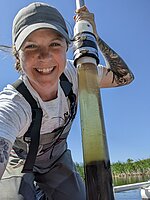
Christine Cornish is a Ph.D. graduate student in the Environmental and Conservation Sciences program at North Dakota State University. I have a Master of Science in Biology from Missouri State University (Springfield, Missouri), and a Bachelor of Science in Biology and Criminal Justice from Central Methodist University (Fayette, Missouri). I have worked as a bench chemist and project manager for an agrochemical company, and as an adjunct instructor at a community college. My current research focuses on understanding the impacts of herbicides on wetland ecosystems by assessing community biological, chemical, and physical ecosystem components.
Does Wetland Restoration Affect the Accumulation of Glyphosate?
Glyphosate [N-(phosphonomethyl) glycine] is a foliar, non-selective herbicide that targets emergent grasses and broadleaf weeds by inhibiting enzyme production in the shikimate pathway. Since the introduction of glyphosate-resistant crops in the 1990’s, its use in the United States has substantially increased and continues to rise. It has been used in increasingly frequent and repeated doses, which often leads to contamination of aquatic ecosystems via spray drift or runoff. The Prairie Pothole Region (PPR) encompasses approximately 777,000 km 2 of grasslands and glacially-formed wetlands in the northern US and southern Canada. Specifically, the North Dakota potholes are characterized by temporary and permanent depressional wetlands surrounded by agriculturally dominated flat topography. Over the years many PPR wetlands have been drained or converted into agriculture pushing these ecosystems to the most critically threatened habitats in the US. These wetlands are key ecosystems as they provide many ecological and economical services including flood protection, carbon sequestration, habitat for biodiversity, and critical breeding ground for migratory waterfowl. Restoration efforts are in progress by various state and federal agencies, and local non-profit organizations.
Project Objectives:
The objectives of my research are to assess the following between natural and restored wetlands in North Dakota: 1) determine differences in glyphosate residues, 2) assess how time since restoration impacts microbial community succession, and 3) assess relationships and/or patterns among glyphosate residues and microbial communities.
Progress:
In July 2020, sediment cores were taken from 20 North Dakota wetlands and have been extracted for microbial DNA. Another sampling event will occur in July 2022 to collect sediment cores from the same 20 wetlands for additional herbicide and microbial analyses. My project is an extension of an EPA-funded project for Drs. Otte and Sweetman on understanding ecosystem services in restored wetlands.
Significance:
Understanding how restoration may impact the persistence of herbicide residues in sediment, thus potentially the microbial community could aid in future remediation and conservation efforts. Additionally, assessing how long microbial community succession may take post-restoration contributes insight to overall ecosystem health and function.
Conference/Seminar Presentations:
Cornish C, Sauskojus W, Yuan Y, Otte M, Sweetman J. 2022. Herbicides in wetlands: The importance of sediments. North Dakota Water Quality Monitoring Conference, Bismarck, North Dakota.
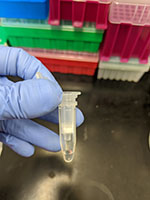
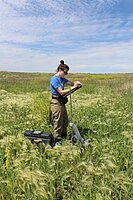
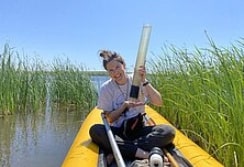
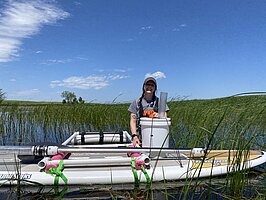
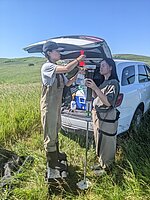
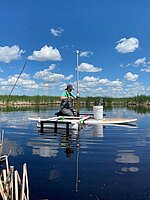

Jon Sweetman
Biological Sciences
Office: Stevens 211A
Telephone: 701-231-8991
Email: jon.sweetman@ndsu.edu


